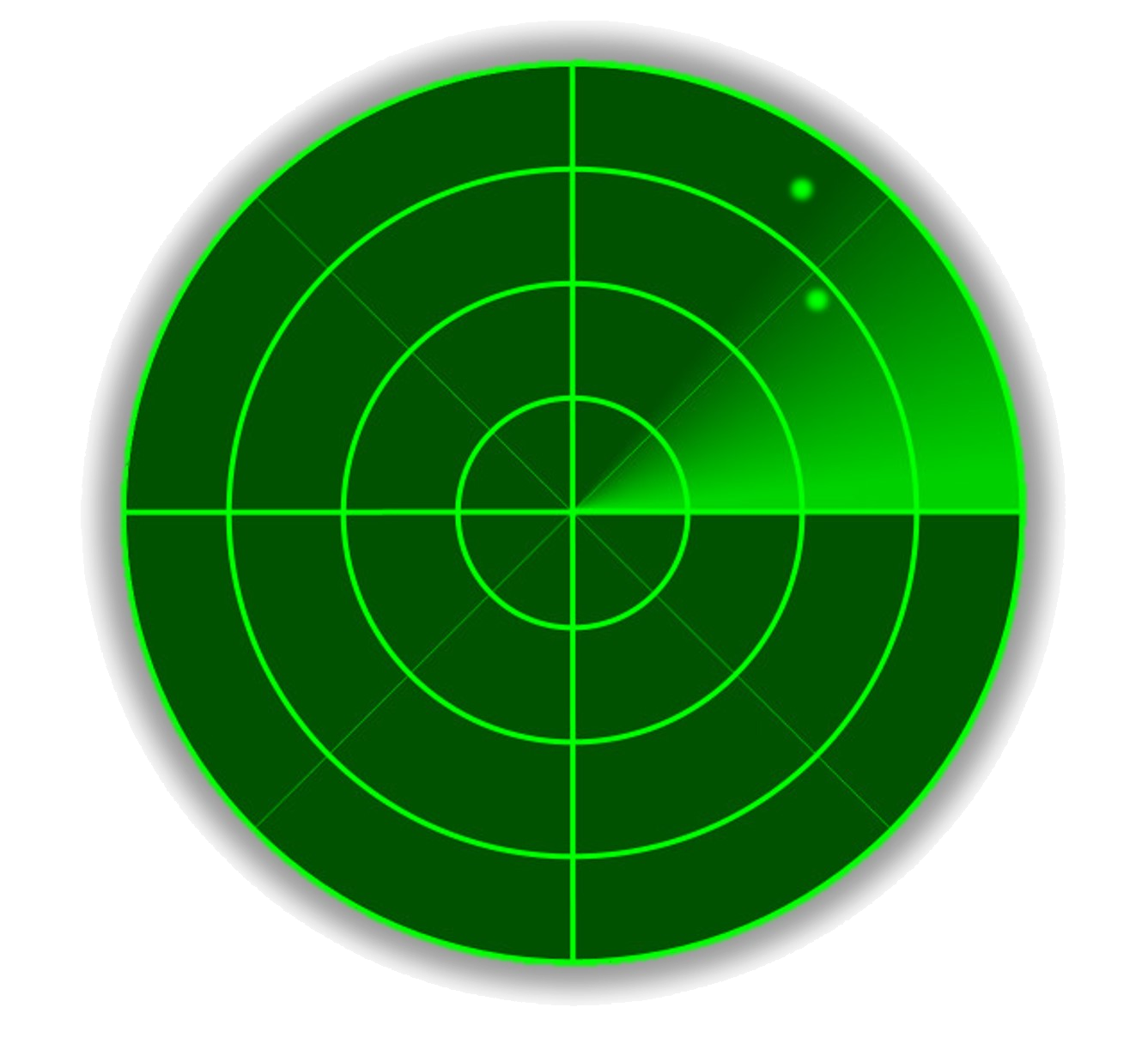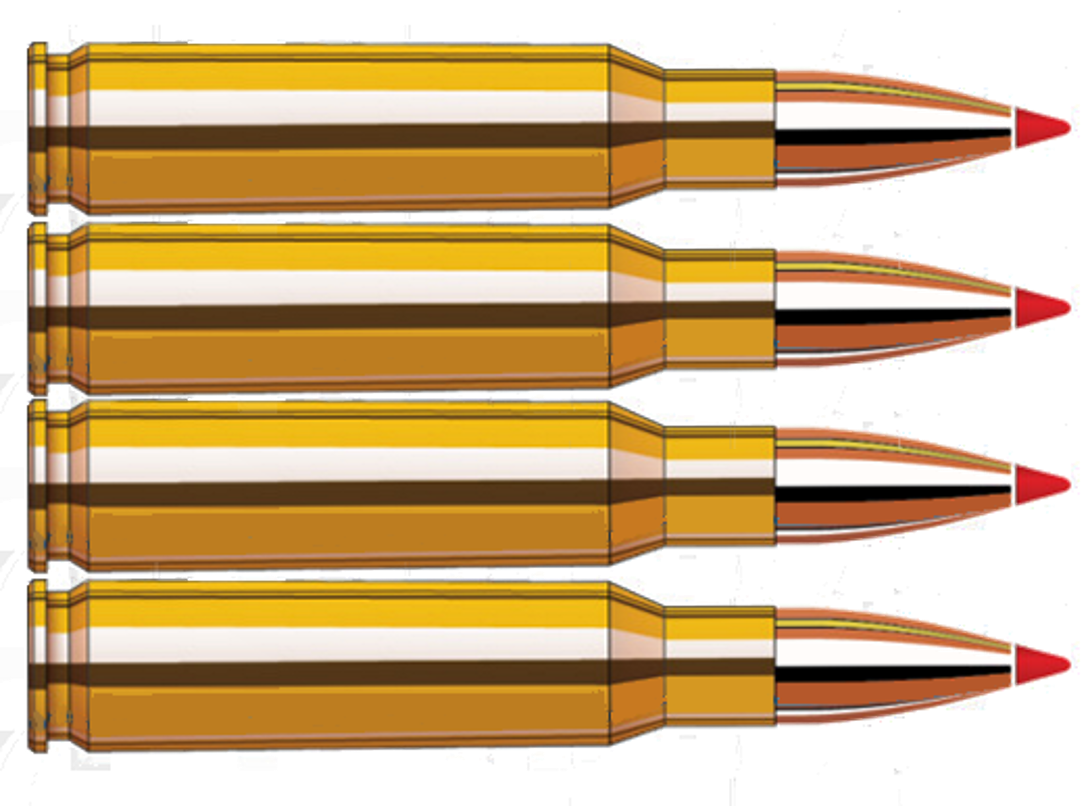Did you know that the A-10’s 30mm rounds use casings made from aluminum alloy instead of traditional brass in order to save weight?
Did you also know you can enter to win one of these 30mm casings each time someone signs up for The Merge using your unique referral link? #BRRRT |
 |
Several months ago, we wrote about the hype surrounding Russia’s quadrennial strategic military exercise in its Western Military District. It just wrapped up, so we're gonna break it down.
What
Known as Zapad (pronounced ‘ZA-pud’), Russia officially claims participation at less than 13,000 troops – the maximum amount under the Vienna Agreement to avoid European envoy oversight. In reality, this year’s fireworks involved somewhere between 200,000 and 2,000,000 troops. #soclose
The scenarios and road to war were Russian standard: - The US and company attempt to destabilize Belarus through indirect means.
- When that doesn’t work, US and company launch an advanced, conventional aerospace attack to annex a portion of Belarus.
- Zapad kicks off, focusing on readiness, logistics, and command and control to repel evil US and company.
So What
This year’s Zapad showcased a few new pages in Russia’s operational playbook, especially in the areas of loitering munitions and electronic attack – likely insights from the recent Nagorono-Karabakh War. Additionally, Russia’s airborne assault forces (aka the VDV) appeared much more active than ever.
OBTW: While it included a small international contingent from 17 countries, the one to keep tabs on is India. And because you’re thinking it, China did not participate…sort of. They hosted Russian forces in China for Interaction 21, which was rebranded as Zapad/Interaction-2021.
Oh, What
Although the technical military aspects of Zapad 2021 were interesting, the compelling part was Russia’s evolving relationship with Belarus.
During Zapad 2017, Belarus ruler Aleksandr Lukashenko assumed the victim role in Russia’s insatiable desire for a security buffer between itself and NATO. The play was fairly classic: use diplomatic maneuvering to get the West to ease sanctions to reinforce internal political power and maintain an authoritarian regime on good terms.
Unfortunately, Lukashenko ran out of turning room with the rest of Europe and the prodigal son returned to father Putin and allegiances changed like a Game of Thrones episode.
The months leading up to Zapad 2021 showcased a large build-up of Russian troops on “deployment” in Belarus and there were several changes to air defense command and control posturing.
That all checks: Putin has been pushing for a permanent airbase in Belarus for years so it can mimic some of NATO’s shuffle.
What Now
Belarus will likely host more and more Russian troops which will no doubt lead to more Polish apprehension about Russian intentions along their eastern border. This could get interesting, especially since Lukashenko has preemptively manufactured a destabilizing migrant crisis for the Baltics.
How will this play out? Well, someone once said, “states don’t have interests, people do.” Keep an eye on Lukashenko’s interests. |
In That Number
$30,000 * **
The cost per flying hour goal for the F-35A by 2023 under a new $6.6 Billion multi-year sustainment contract. This is a $3,600 reduction from current levels.
* This is 2012 dollars ** This cost per flying hour does NOT include the engine #batteriesnotincluded *** Why do programs need so many asterisks to clarify cost and performance? |
Trivia: What do Google Earth, James Bond, and the CIA have in common? |
 |
The Defense Travel System (DTS) is finally being replaced. Originally designed in 1998 by Northrop Grumman, the most hated piece of software in the history of the U.S. military went through 15 years of rework, additional oversight, and contract modifications to no avail—it still sucked. In 2018 the Pentagon used Other Transaction Authorities (thank you Congress) to tap SAP Concur to work on a replacement prototype. It appears that small bet paid off: this week the DoD awarded them a $374 million contract to move forward. The new system will be dubbed “My Travel” and is projected to field in 2025. In the meantime, enjoy the endless memes devoted to hating DTS.
The Air Force Research Lab’s Golden Horde collaborative munitions program takes another turn. If you recall, this so-called vanguard program proved the concept…then promptly pivoted in another direction. This second effort was focused on building a digital Colosseum where vendors could bring their algorithms to compete in a hardware-in-the-loop environment. Now, the third iteration of ARFL’s effort is partnering with the Defense Innovation Unit to bring it all together under yet another name: Operation Protovision. They’ve attracted some of the usual suspects as well as the defense sector’s latest darling, Shield AI (ICYMI, they recently acquired Heron Systems, who won DARPA’s AlphaDogfight trials). Now for the love of God, please stop coming up with new names and deliver something to the warfighter.
The Defense Innovation Unit (DIU) just introduced a new source of venture funding for defense startups. The National Security Innovation Capital (NSIC) is a DoD-backed venture capital fund that will focus on scaling select dual-use hardware technology with US funds, negating the allure of foreign investments. This is different than Trusted Capital Marketplace, a federal service that vets commercial funding sources but provides no government money. The NSIC also sets DIU apart from service-centric “innovation” organizations like AFWERX, which are all built around SBIR/STTR funding…which is a small business program created to stimulate small business research—not solutions. |
They Said It
“The downside is, we’re still moving unbelievably slow. We’re so bureaucratic and we’re so risk-averse."
— Gen. John Hyten, Vice Chairman of the Joint Chiefs of Staff, on how bureaucracy and risk aversion has slowed the U.S. military’s attempts to modernize its capabilities to compete with China. |
EaGLE: Emerging Global Leader Experience (EaGLE) program selects 25-30 disruptive young civilian/veteran leaders in national security and puts them through a unique high-intensity short-duration experience that arms them to confront modern national security challenges.
Why it Matters: Applications are due by September 26. Click here to check it out. H/T to rapidly growing defense startup Second Front Systems for helping sponsor it. |
With all the talk/hype surrounding artificial intelligence (AI) in the defense sector, it’s probably surprising to hear that almost everything being labeled with AI is actually not AI. Don’t take our word for it, take one of the world’s leading authorities on machine learning. Zoom in here to read what Michael Jordan has to say about it. (no, not that Michael Jordan). |
 |
- Boeing conducted the first-ever refueling between its MQ-25 Stingray and the F-35
- Lockheed Martin unveiled its modified Airbus A330 MRTT to compete with Boeing's KC-46 in the Air Force's bridge tanker program
- The United States announced AUKUS, a trilateral agreement to share nuclear submarine technology with Australia, promptly pissing off France
- Skydweller Aero, an aerospace startup, partnered with Palantir on a Navy contract that will prototype a zero-emissions drone that can remain airborne for 90 days at a stretch
- The Space Force announced it will prototype new MITRE-developed software that aims to improve the object tracking accuracy and latency of its current Space Surveillance Network
- Northrop Grumman unveiled a new stealth drone design that will compete in the U.S. Air Force’s Skyborg and the United Kingdom's Project Mosquito programs
- The Pentagon announced it is elevating the role of the Chief Technology Officer to lead a new innovation steering group
- Leonardo revealed more details of the 757 testbed aircraft for the UK-led Tempest future fighter program
- Leonardo and Northrop Grumman formally joined forces to jump into the nascent vertical-takeoff-and-landing drone market
- Rebellion Defense became the latest defense unicorn with a Series B funding round that gave it a $1 billion valuation
- Army-funded university research is studying acrobatic squirrels to see how they could help build better robot designs
- Raytheon plans to acquire space electronics supplier SEAKR Engineering, the company developing AI management software for DARPA’s Blackjack program
- The UK Ministry of Defense followed the Pentagon’s lead and signed up for Anduril’s subscription-based Lattice automated base defense software
- L3Harris opened a facility in Indiana to manufacturing DoD satellites to track hypersonic and ballistic missiles
- The Navy released 57 statements of need for prototypes in the field of energetics
- BAE teams with Malloy Aeronautics to produce an EV quadcopter cargo-hauling drone
- The Defense Digital Service will move its small unmanned aerial systems (sUAS) detection technologies to AFRL’s NINJA program by the end of the month
- DARPA wins the acronym of the week with Space-BACN, their new program to develop low-cost, high-speed reconfigurable optical data links to connect various low-earth orbit (LEO) constellations
- Hanwha Phasor and Plexus have partnered to develop an ultrathin electronically steered antenna array for mobile platforms to connect to LEO broadband. No word on if the agreement includes reciprocity between Korean BBQ and Wisconsin cheese
- SpaceX launched the first dedicated polar Starlink mission, which included updated laser inter-satellite links to minimize the number of ground stations the network needs to provide service
OneWeb surpassed 322 deployed satellites of a planned 648-strong constellation and plans to introduce commercial broadband in the next 90 days
And Finally: - Interesting: Air Force Reserve Command landed a C-130 on a highway in Wyoming.
- Compelling: Air Force Special Ops Command is moving forward to rapidly prototype a way to land a C-130 on the water
|
 |
Your unique referral link:
You currently have referrals |
Trivia Answer: Originally created by Intrinsic Graphics in 1999, the program was initially called Keyhole EarthViewer. The CIA’s venture capital firm, In-Q-Tel, backed the product so it could scale and be used by government intelligence agencies. In-Q-Tel’s name is a reference to “Q”, the fictional inventor who supplies technology to James Bond. Keyhole was acquired by Google in 2004 and renamed Google Earth. |
Get in formation and follow us! |
|
|
|
|